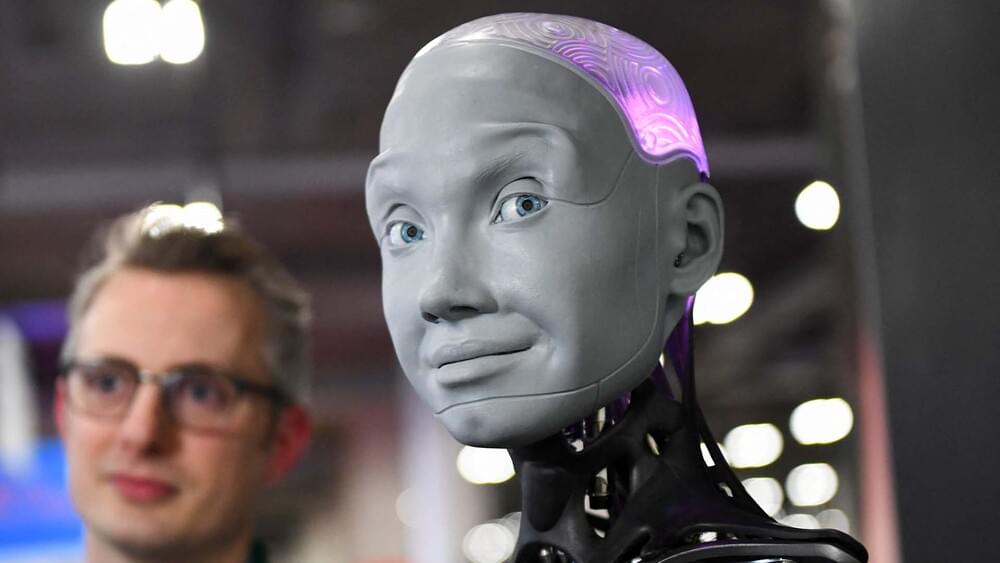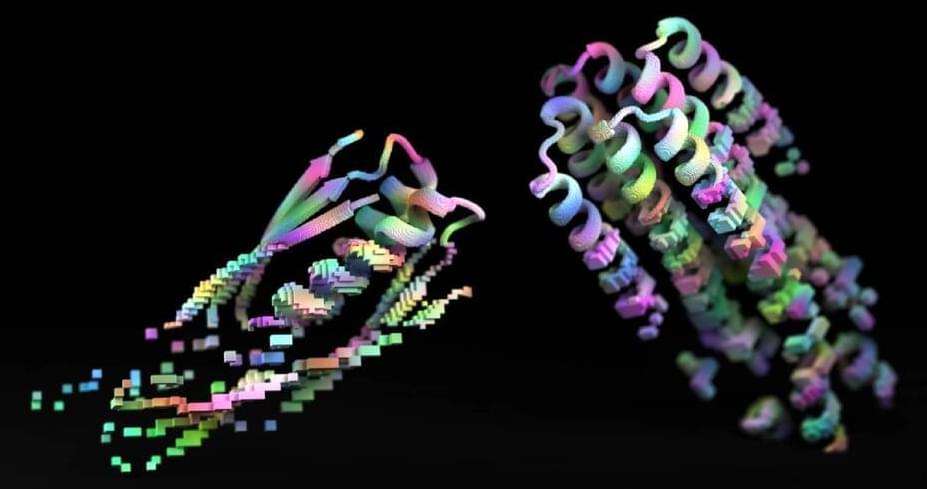Our Machine Learning models show that there are periods where there are earthquakes magnitude ≥7 and periods without earthquakes with magnitude ≥7 in the analyzed seismic zones. In addition, our Machine Learning models predict a new seismically active phase for earthquakes magnitude ≥7 between 2040± 5and 2057 ± 5, 2024 ± 1 and 2026 ± 1, 2026 ± 2 and 2031 ± 2, 2024 ± 2 and 2029 ± 2, and 2022 ± 1 and 2028 ± 2 for the five seismic zones in United States, Mexico, South America, Japan, and Southern China-Northern India, respectively. Finally, we note that our algorithms can be further applied to perform probabilistic forecasts in any seismic zone.
Our algorithm for analyzing strong earthquakes in extensive seismic areas can also be applied to smaller or specific seismic zones where moderate historical earthquakes with magnitudes between 5 and 7 occur, as is the case of the Parkfield section of the San Andreas fault (California, United States). Our analysis shows why a moderate earthquake could never occur in 1988 ± 5 as proposed by Bakun and Lindh (1985) and why the long-awaited characteristic Parkfield earthquake occurred in 2004. Furthermore, our Bayesian model of Machine Learning adopting a periodicity of 35 years predicts that possible seismic events may occur between 2019 and 2031, with a high probability of event(s) around 2025 ± 2. The Parkfield section of the San Andreas fault is an excellent seismic laboratory for developing, testing, and demonstrating earthquake forecasts. In a few years, it will be possible to demonstrate whether our algorithm effectively forecasts strong and moderate earthquakes.




